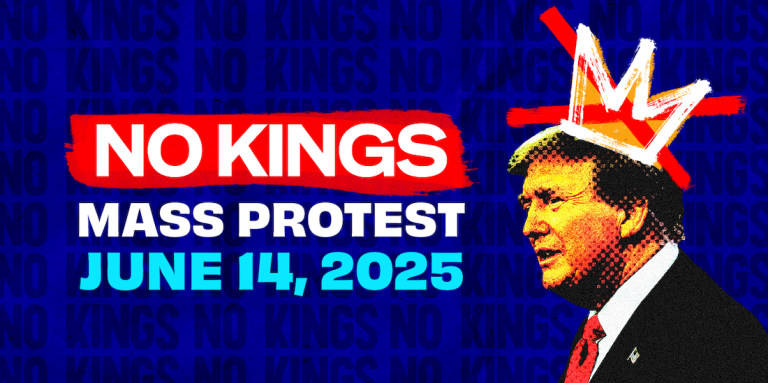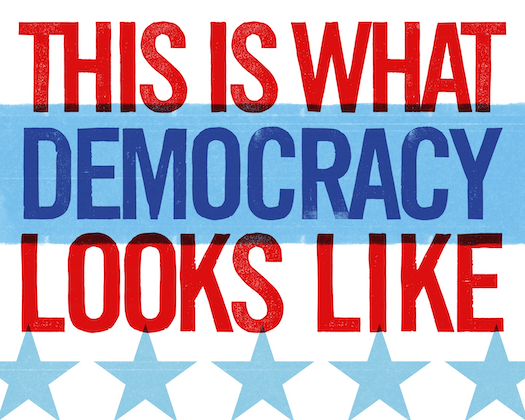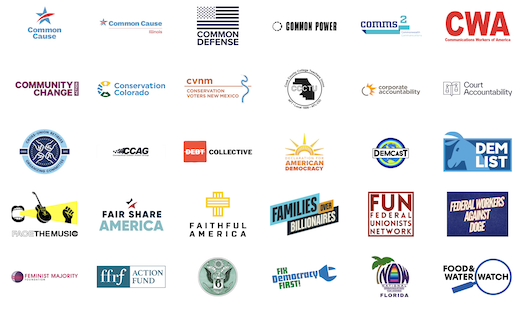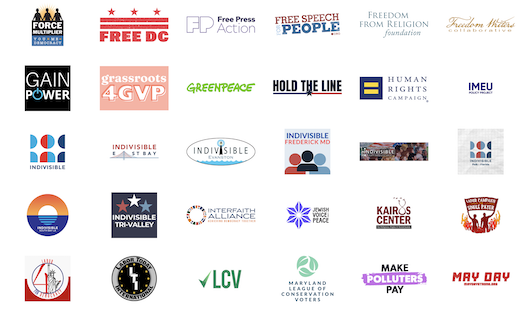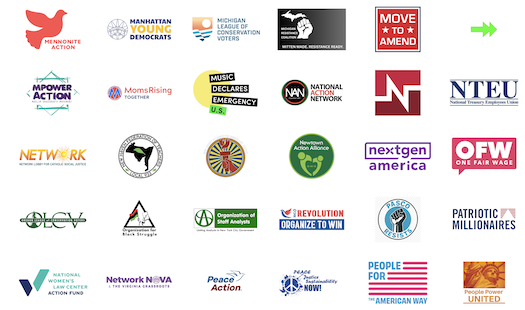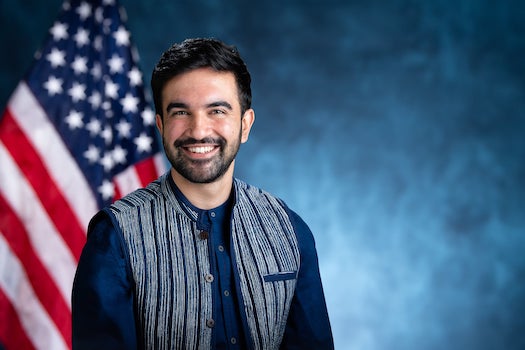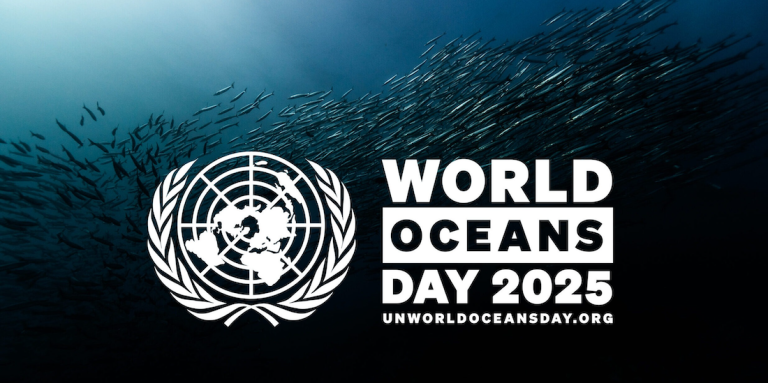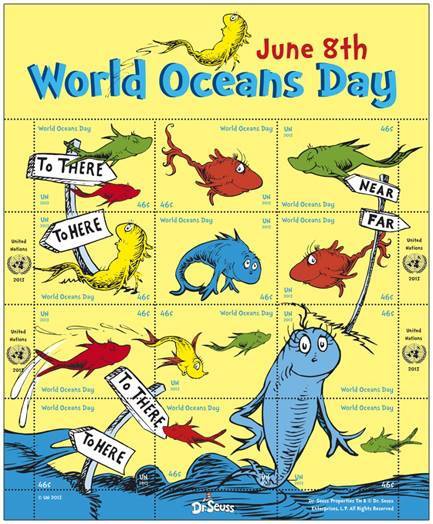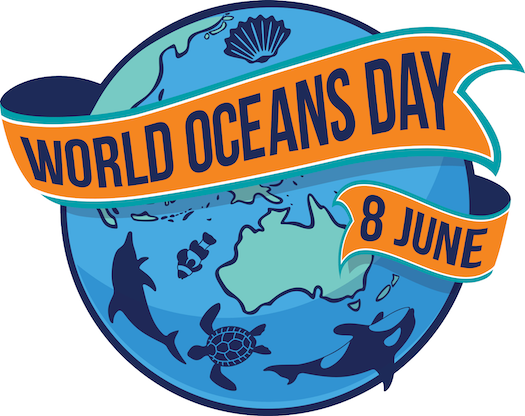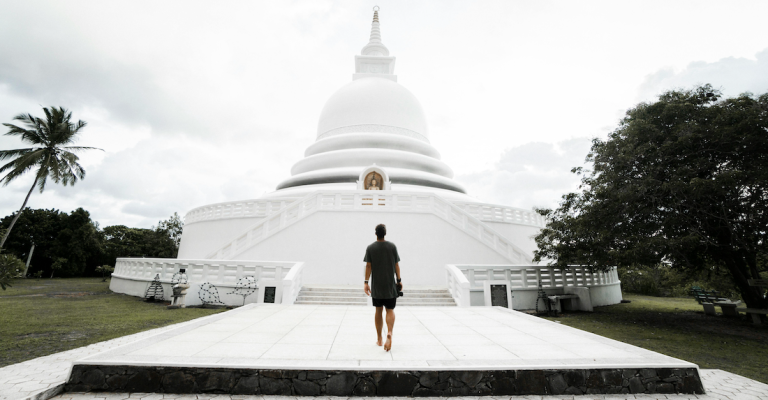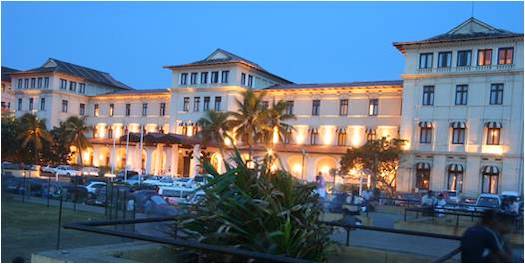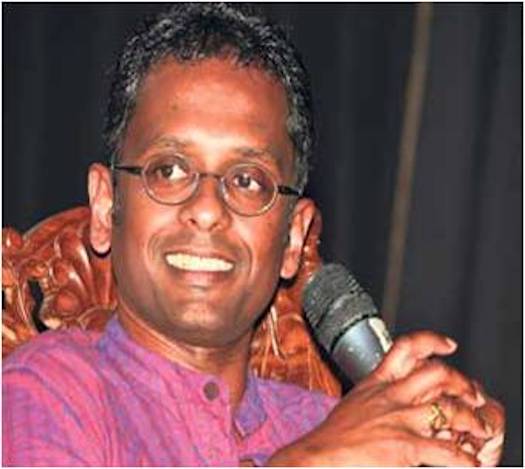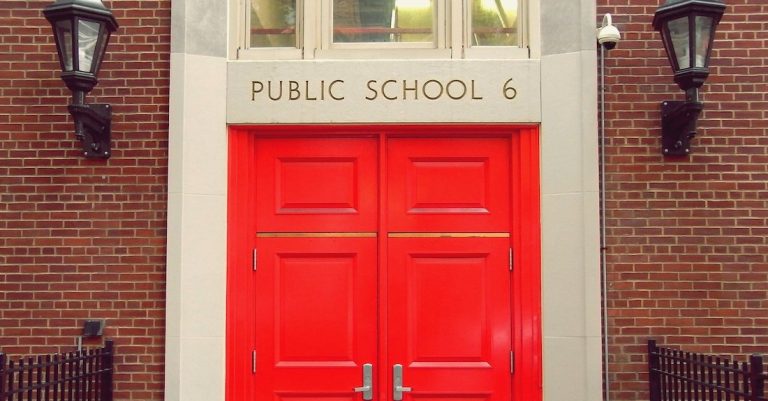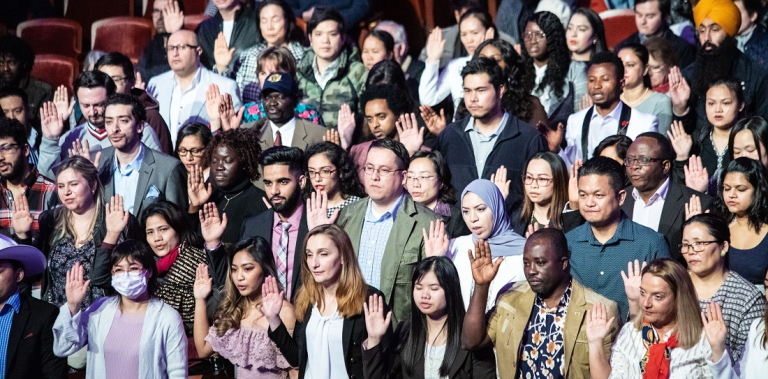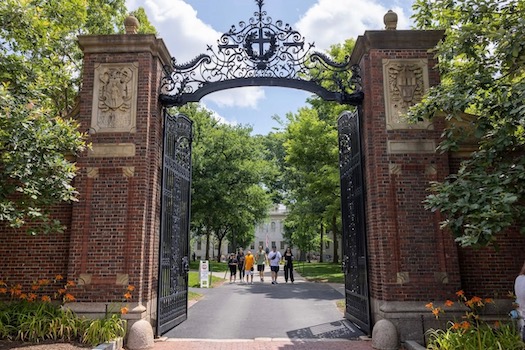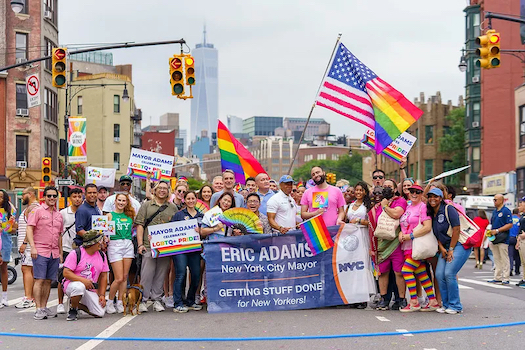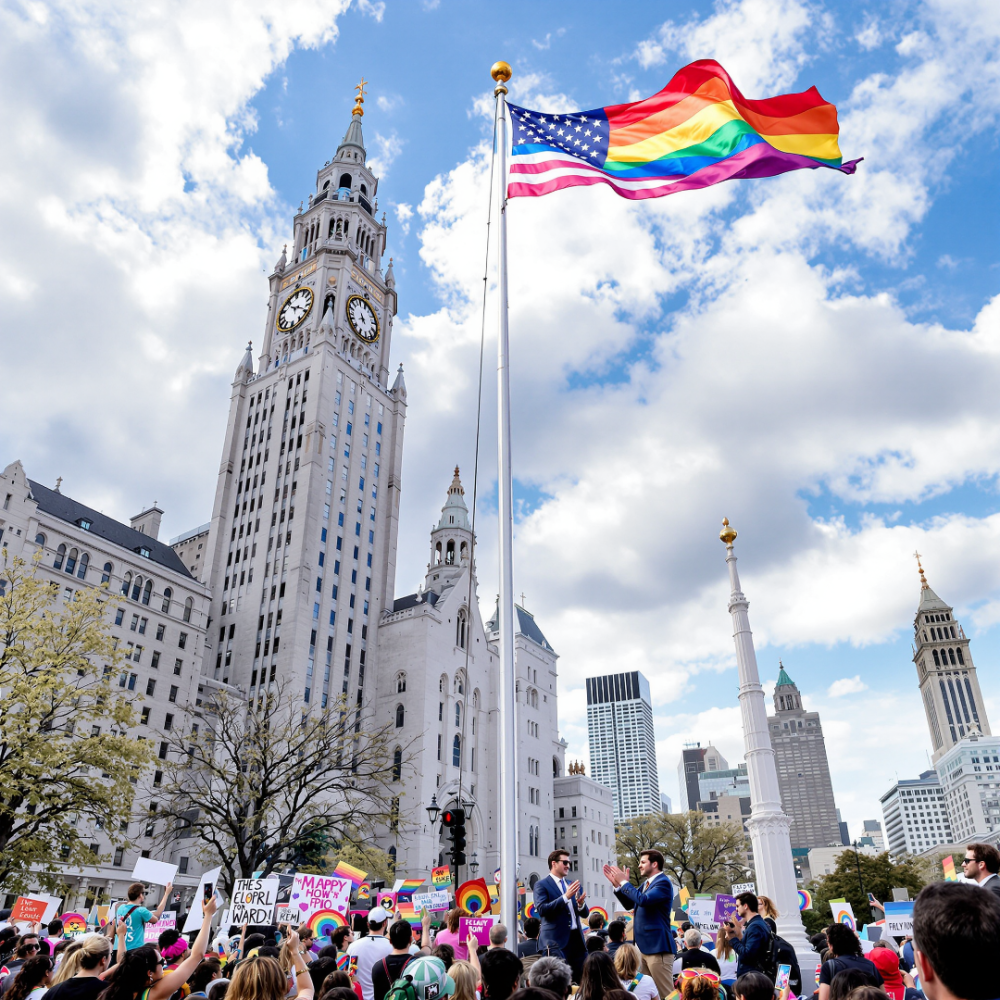Despite deadly May skirmish, Thailand’s army remains vigilant and diplomatic as border standoff simmers
New York, N.Y. — Thailand, a nation celebrated for its never-colonized royal heritage and the tranquil teachings of Theravada Buddhism, is once again facing the test of border tensions with Cambodia.
On May 28, 2025, a deadly firefight along the disputed frontier claimed the life of a Cambodian soldier, prompting both countries to reinforce their military presence and restrict border crossings. Yet, amid these challenges, the Thai Royal Army stands as a pillar of strength and stability, embodying the nation’s enduring commitment to sovereignty and peace.

A Century-Old Dispute Ignites Modern Tensions
The roots of the Thailand-Cambodia border dispute trace back more than a century, to the colonial-era maps drawn by France in 1907. The most contentious flashpoint remains the area surrounding the 11th-century Preah Vihear Temple, a site awarded to Cambodia by the International Court of Justice (ICJ) in 1962, but whose surrounding territory remains hotly contested. Since 2008, sporadic violence has erupted over this ambiguous border, with at least 28 lives lost in the past 17 years.
The latest incident unfolded in the Emerald Triangle, where the borders of Thailand, Cambodia, and Laos converge. In response to the May 28 clash, both nations quickly reinforced their troops and restricted civilian crossings, closing two key border checkpoints to tourists for safety. While trade and labor migration continue, the shadow of escalation looms.

Who Is Involved? Military and Diplomatic Leaders Respond
On the ground, Thai and Cambodian soldiers face each other along an 500-mile (817-km) frontier. Thailand’s Minister Phthamchayai and Defense Minister Phumtham Wechachai have publicly reaffirmed the country’s commitment to defending its sovereignty and called for a return to previously agreed military positions. Cambodia’s Foreign Minister Prak Sokhonn, meanwhile, has appealed to the ICJ for arbitration, citing the “intricate, historical, and sensitive nature” of the dispute.
Despite these tensions, both governments have expressed a desire for dialogue. A high-level meeting of the Joint Boundary Committee is scheduled, with hopes of de-escalating the crisis and finding a lasting solution.














The Strength and Role of the Thai Royal Army
Thailand’s Royal Army is among Southeast Asia’s most formidable forces, ranking 25th globally and 3rd in the ASEAN region behind Indonesia and Vietnam, according to the 2025 Global Firepower Index. With over 600,000 total personnel and a defense budget nearing $6 billion, the army boasts a modern array of tanks, artillery, helicopters, and a significant air force presence.
Key strengths include:
- Active Personnel: Thailand ranks 13th worldwide for active military personnel, ensuring rapid mobilization when needed.
- Equipment: The army is equipped with over 16,000 armored fighting vehicles and nearly 600 artillery units, underscoring its technological edge.
- Border Security: The Thai military manages 17 official crossings and has demonstrated the ability to swiftly secure and reinforce border areas during crises.
- Diplomatic Role: Beyond combat readiness, the army is central to national security and border diplomacy, often serving as the first line of engagement in disputes with neighbors.

Why the Dispute Matters
At its core, the border standoff is about more than lines on a map. For both Thailand and Cambodia, the contested territory is a matter of national pride, historical memory, and local livelihoods. The Preah Vihear Temple, perched atop a cliff, is not just an ancient monument but a symbol of sovereignty and cultural heritage for both nations4.
Domestic politics also play a role, with leaders on both sides mindful of national sentiment and the need to project strength. Yet, despite the periodic flare-ups, the overall relationship remains stable, with ongoing diplomatic efforts and a shared interest in avoiding wider conflict.

Looking Ahead: Hope for Peaceful Resolution
Both countries have much to gain from peace. The Thai Royal Army’s vigilance ensures that border tensions remain contained, while diplomatic channels—whether bilateral talks or international arbitration—offer hope for a lasting settlement.
As Thailand and Cambodia prepare for another round of high-level negotiations, the world watches, hopeful that shared Buddhist values and pragmatic diplomacy will prevail over violence.
Thai Royal Army Stands Guard as Border Tensions Flare with Cambodia (June 10, 2025)

Summary for Audio File
Thailand and Cambodia’s border tensions flared in late May 2025, resulting in a deadly skirmish and heightened military presence on both sides. The dispute, rooted in colonial-era boundaries and centered around the Preah Vihear Temple, remains unresolved despite decades of negotiation. The Thai Royal Army, among the region’s strongest, stands vigilant at the frontier, balancing robust security with ongoing diplomatic efforts to de-escalate and seek peaceful solutions.

